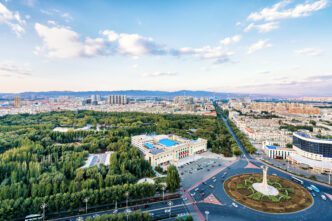Cuba recently experienced a massive power outage that left millions in the dark. However, the lights are back on now, though the nation is returning to its routine of planned outages.
In the early hours of Wednesday, a major breakdown at a thermoelectric plant in Matanzas province, which is east of Havana, triggered a nation-wide blackout. This was the third such incident in less than two months, reflecting the strain and fragility of Cuba’s power grid.
By Thursday, life in Cuba began to return to normal as classes and work resumed. However, Cuban authorities announced that they would continue with their current practice of daily, five-hour scheduled power outages. These outages are carried out block by block and have been a regular feature in Cuba for the past few months.
A series of unfortunate events has put additional pressure on the power system. On October 18, a significant blackout occurred, which, combined with Hurricane Oscar a couple of days later, left Cuba without electricity for several days. Just weeks later, Hurricane Rafael’s fierce winds caused another complete disconnection of the national energy system.
The frequent power outages plaguing Cuba are largely due to fuel shortages and an aging infrastructure. More than half the country has faced power cuts during peak hours, impacting daily life significantly. In many areas, electricity is crucial not just for lighting but also for cooking and water pumping.
Despite the challenges, the people of Cuba continue to adapt to these disruptions, finding ways to cope with the scheduled outages and navigate through the difficulties posed by an unreliable power supply.
While Cuba’s power grid struggles with ongoing challenges, the country remains resilient, pressing on through plans for future improvements in its energy infrastructure.
Source: Apnews








